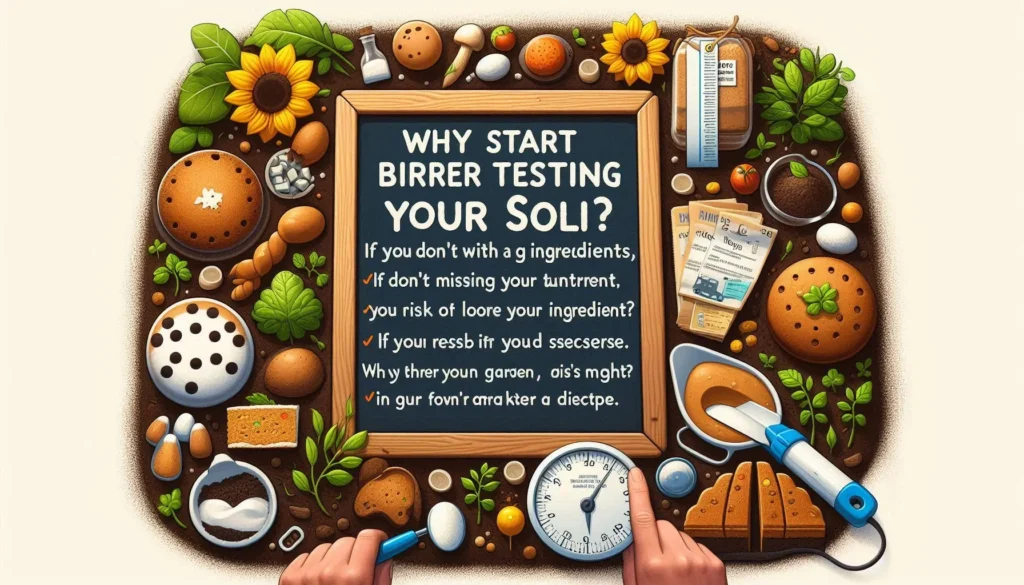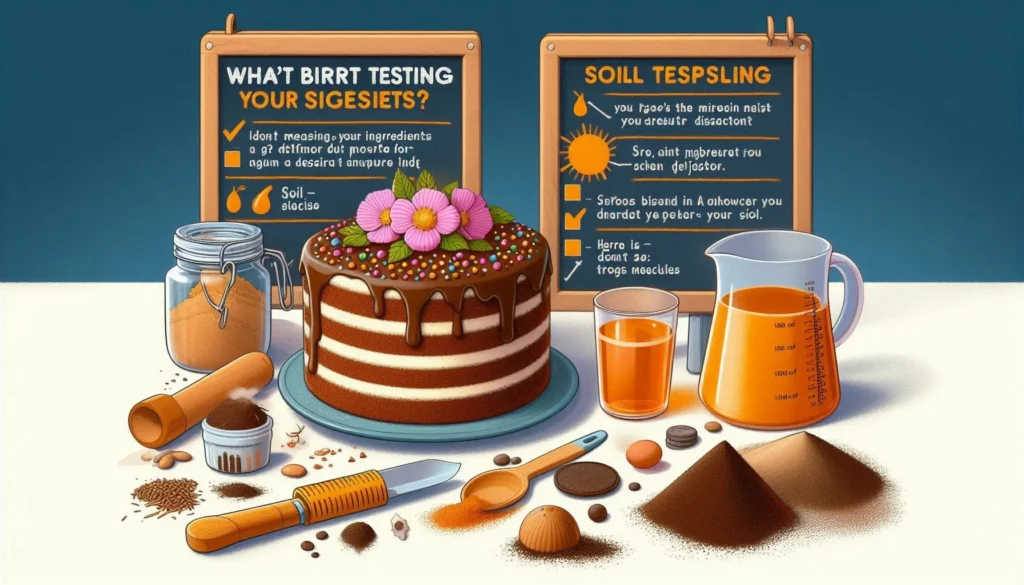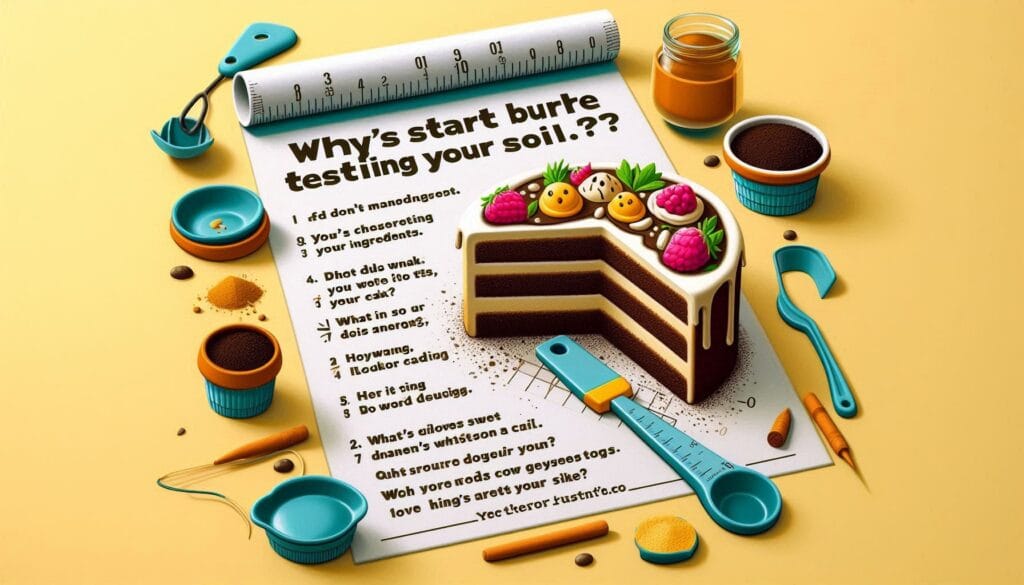Ever wondered why your plants aren’t thriving despite your best efforts? The secret might lie beneath your feet. Soil isn’t just “dirt”—it’s a living, breathing foundation that feeds your crops. But how do you know if it’s giving your plants what they need? Testing your soil for nutrients and pH is like giving it a checkup, and today, we’ll walk through how to do it step-by-step. No lab coat is required!
Why Soil Testing is Necessary

Let’s start with the big question: why bother testing your soil? Think of it like baking a cake. If you don’t measure your ingredients, you risk a dessert disaster. Similarly, soil testing reveals what’s missing (or overflowing) in your garden’s recipe. Here’s why it matters:
- Prevents Guesswork: Instead of blindly adding fertilizers, testing tells you exactly what your soil needs.
- Saves Money and Time: No more wasting resources on unnecessary amendments.
- Boosts Plant Health: Balanced soil = happy, productive plants.
- Protects the Environment: Over-fertilizing can lead to nutrient runoff, harming waterways and ecosystems (EPA on Nutrient Pollution).
But it’s not all sunshine and roses. Testing requires patience, and interpreting results can feel like decoding a foreign language. Plus, DIY kits may lack the precision of lab tests. Still, the benefits far outweigh the hassles.
Soil Testing Parameters: What Are We Measuring?
When you test your soil, you’re mainly checking two things: nutrient levels and pH.
- Nutrients: The big three are nitrogen (N), phosphorus (P), and potassium (K), but secondary nutrients like calcium and magnesium matter too.
- pH: This measures soil acidity or alkalinity on a scale of 0–14. Most crops thrive in slightly acidic soil (pH 6.0–7.0).
Why focus on these? Soil pH affects nutrient availability. For example, acidic soil (pH <6) can lock away phosphorus, while alkaline soil (pH >7) may limit iron uptake. Testing these parameters helps you fix imbalances before they stunt your plants.

How to Test Your Soil: A Step-by-Step Guide
Step 1: Collect Soil Samples
Accuracy starts with proper sampling. Here’s how to do it right:
- When: Test soil 2–3 months before planting. Avoid sampling right after fertilizing or heavy rain.
- Where: Take 10–15 subsamples from different spots in your garden. Mix them in a clean bucket to create a “composite sample.”
- Depth: Dig 6 inches deep for most crops—that’s where feeder roots hang out. For lawns, sample 3–4 inches.
Pro Tip: Use a stainless steel trowel to avoid contaminating samples with zinc or other metals.
Step 2: Choose Your Testing Method
You’ve got options, from DIY kits to lab tests. Here’s a quick comparison:
| Method | Pros | Cons | Best For |
|---|---|---|---|
| DIY Chemical Test Kits | Affordable, fast results (~$10–$20) | Less accurate, limited nutrients tested | Casual gardeners, quick checks |
| Electronic Testers | Instant pH readings, reusable | Can be inconsistent, doesn’t test nutrients | Monitoring pH between lab tests |
| Lab Testing | Detailed analysis, expert recommendations | Costs more ($30–$50), slower turnaround | Farmers, serious gardeners |
Source: UMass Soil Testing Guide
Lab tests are the gold standard. They’ll measure not just NPK but also organic matter, micronutrients, and cation exchange capacity (a fancy term for soil’s nutrient-holding ability).
Step 3: Run the Tests

For pH:
- DIY kits: Mix soil with distilled water, dip the test strip, and compare the color to a chart.
- Electronic meters: Stick the probe into moist soil and read the display.
For Nutrients:
Most home kits use a color-changing solution to estimate N, P, and K. For example, a blue hue might indicate high phosphorus.
Pro Tip: Follow instructions exactly. Contaminated tools or tap water can skew results.
Interpreting Your Results: What Do the Numbers Mean?
Let’s say your lab report shows a pH of 5.5 and low phosphorus. Here’s how to decode it:
- pH 5.5: Too acidic for most veggies. Aim to raise it to 6.5 using agricultural lime (NC State Guide).
- Low Phosphorus: Add bone meal or rock phosphate—both organic fixes.
Most reports include “optimal ranges” for crops. For instance, tomatoes prefer 60–80 lbs/acre of phosphorus. If your soil hits 40, you know to supplement.
The Good, the Bad, and the Gritty: Pros and Cons of Soil Testing
👍 The Positives:
- Tailored Solutions: No more one-size-fits-all fertilizing.
- Long-Term Savings: Fixing soil once beats buying yearly amendments.
- Eco-Friendly: Reduces chemical runoff and soil degradation.
👎 The Challenges:
- Learning Curve: Terms like “CEC” or “base saturation” can be overwhelming.
- Cost and Time: Labs take 1–2 weeks, and tests aren’t free.
- Inconsistent DIY Results: One study found pH strips can vary by 0.5 units.
Adjusting Your Soil Naturally
Got a pH or nutrient problem? Here’s how to fix it organically:
- Raise pH: Apply crushed limestone (works slowly) or wood ash (fast-acting).
- Lower pH: Mix in elemental sulfur or pine needles.
- Boost Nitrogen: Plant cover crops like clover or add composted manure.
- Fix Phosphorus: Bone meal or fish bone meal are great slow-release options.
Pro Tip: Retest your soil every 2–3 years. Soil conditions change, especially after heavy cropping or amendments.

Final Thoughts
Testing your soil isn’t just a chore—it’s a conversation with your garden. By understanding its needs, you’ll grow healthier plants, save resources, and protect the land for future seasons. Whether you opt for a DIY kit or a full lab analysis, the key is to start. Your soil (and your tomatoes) will thank you.


